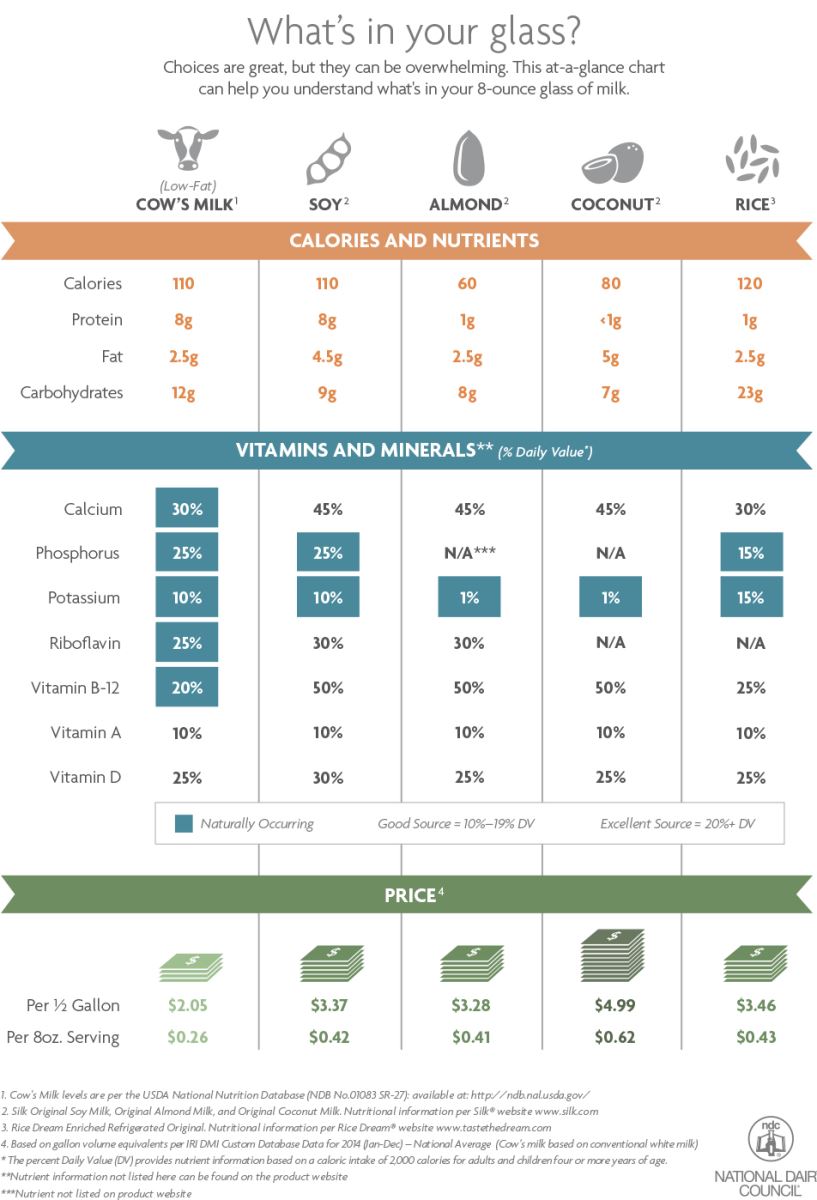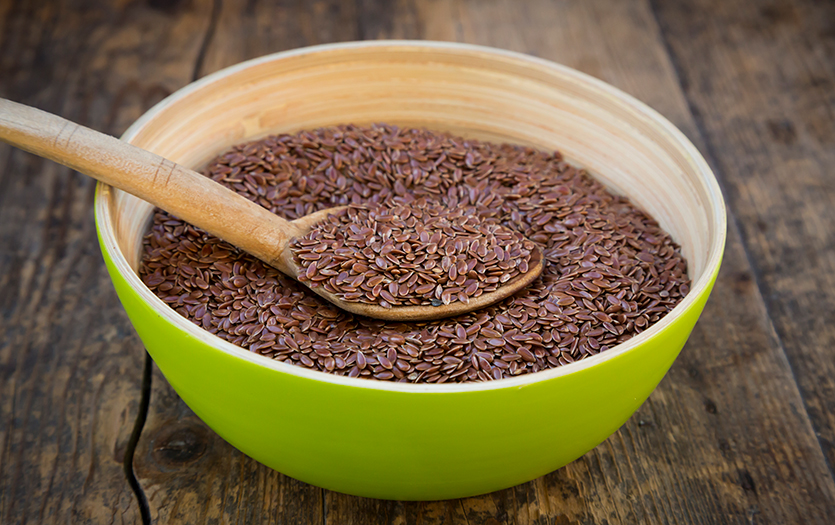Happy National Dairy Month! America has been acknowledging this celebration since 1937 (then known as National Milk Month) as a way to promote drinking milk during a time of surplus. Dairy, as with many other food categories and products, has drawn controversy, so we asked registered dietitian nutritionist Megan Bobay, RDN, CD, Parkview Huntington Hospital Rehab and Wellness Center, to shed some light on a few frequently asked questions.
What are the benefits of consuming dairy?
Most of us think of building strong bones and preventing osteoporosis when we think of dairy. Rightfully so, since dairy has the greatest concentration of highly absorbable calcium per serving. Our bones and teeth store 99 percent of our calcium, while blood and other tissues store the rest. Vitamin D and potassium are important nutrients dairy provides as well.
According to the National Dairy Council, consumption of dairy is also associated with lowering one’s risk of Type 2 diabetes and cardiovascular disease, lowering blood pressure, and it can help with weight management. Decreased risk of colon cancer is another possible benefit cited by the National Institutes of Health.
What are the health setbacks attributed to dairy?
Some people have trouble digesting the sugar in dairy foods, lactose. Lactose intolerance can cause uncomfortable side effects such as diarrhea, bloating, stomach pain, and gas. For these individuals, the Academy of Nutrition and Dietetics recommends limiting or avoiding dairy associated with any symptoms; lower-lactose dairy foods may be tolerated in small amounts:
-
1 to 2 oz. of aged cheeses (Swiss, cheddar, or parmesan)
-
2 T. cream cheese
-
1/3 c. cottage cheese
-
1/2 c. ricotta cheese
Yogurt may also be tolerated as its live cultures break down lactose. A person with dairy sensitivity may also choose to take a pill that contains enzymes (lactase) to help digest the milk sugar, or drink milk that already has lactase added to it.
People with irritable bowel syndrome (IBS) or inflammatory bowel disease (IBD) may benefit from limiting lactose for a short time. Working with a registered dietitian nutritionist (RDN), patients can trial a low-FODMAP diet; this acronym stands for Fermentable Oligosaccharides, Disaccharides, Monosaccharides, Polyols. (Lactose falls into the category of disaccharides.) Bacteria in the stomach can ferment certain components of food when eaten in large quantities, resulting in symptoms similar to lactose intolerance. After a few weeks, higher FODMAP foods can be reintroduced one at a time to identify which cause symptoms.
More research is needed with regard to any possible link between increased risk of ovarian cancer and dairy consumption. Some studies have found that galactose, released when lactose is digested, can damage the ovaries. Theories have also been put forth that some milk production practices have affected the hormone composition of milk that could lead to an increased risk.
There have also been studies with regard to high intake of calcium (greater than 2,000 mg) and increased risk of prostate cancer, but again, ongoing research is needed.
How much dairy is too much?
According to The Harvard T.H. Chang School of Public Health, the establishment of recommended safe amounts of dietary calcium is still up in the air, and the organization suggests limiting dairy to no more than one to two servings per day (or less) as long as you obtain adequate calcium from other sources. According to the National Academy of Sciences, the recommended intake levels for 19- to 50-year-olds is 1,000 mg/day, and for people over the age of 50, 1,200 mg.
It’s important to consume vitamin D with calcium to help absorption. Taking in 1,000 to 2,000 IU (international units) of vitamin D should be enough for most people, but check with your doctor to see if he or she feels you need your vitamin D level checked through a blood test.
Vitamin K also plays a role, and numerous other factors affect our bone health, including exercise, limiting caffeine and cola, and getting the right amount of protein and vitamin A (but not too much!).
Are plant-based dairy alternatives better?
For those who suffer from lactose intolerance or who simply dislike dairy, plant-based dairy drinks may help with achieving adequate calcium intake. As you can see when you check their labels, however, these products can vary greatly in their protein, fat and carbohydrate content.

Other common non-dairy sources of calcium include: sardines, canned salmon, calcium-fortified tofu, shellfish, turnip greens, collards, kale, dried beans and broccoli.
Why is dairy commonly thought of in a negative light?
Along with the potential health risks listed above, the effect the dairy industry has on the environment has brought up concerns. The World Wildlife Fund states that, “Dairy cows and their manure produce greenhouse gas emissions which contribute to climate change. Poor handling of manure and fertilizers can degrade local water resources. And unsustainable dairy farming and feed production can lead to the loss of ecologically important areas, such as prairies, wetlands, and forests.” This organization works with the dairy industry to promote sustainable practices. According to the National Dairy Council, 98 percent of U.S. dairy farmers are enrolled in the FARM (Farmers Assuring Responsible Management) program, which provides protocols for high-quality animal care and includes accountability to the broader community.
Enjoy dairy in moderation as part of a balanced diet and healthy lifestyle!
References:
International Dairy Foods Association
Academy of Nutrition and Dietetics Nutrition Care Manual
Harvard T.H. Chan School of Public Health




